Affiliate links on Android Authority may earn us a commission. Learn more.
If you switch to iPhone, here's what you'll miss
December 2, 2014
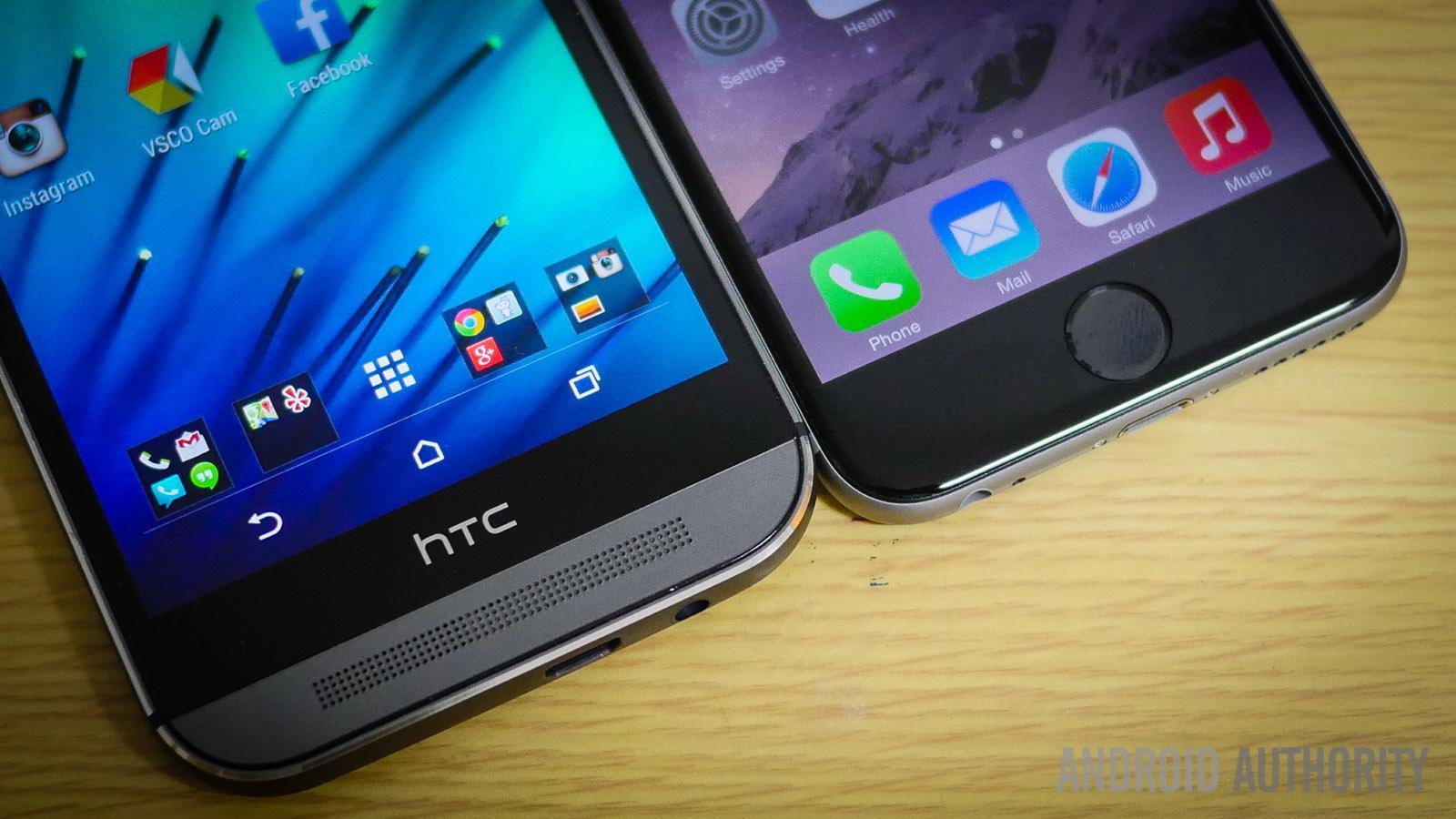
I’m not going to tell you that the iPhone sucks. It doesn’t. It’s an attractive, slick smartphone with plenty of plus points. It’s easy to get seduced by features like Touch ID. There’s a level of polish to the iOS experience and apps that’s sometimes lacking in Android. It’s probably the right phone for a lot of people, but for some of us, the Android experience can’t be matched.
Using a quick relationship analogy, the iPhone is a gorgeous prospective partner, but it wants you to change. Android will accept and love you for who you are.
What am I talking about? Let’s break it down. Here’s what you’ll miss if you ever decide to spurn Android and pick up an iPhone.
Customization and choice
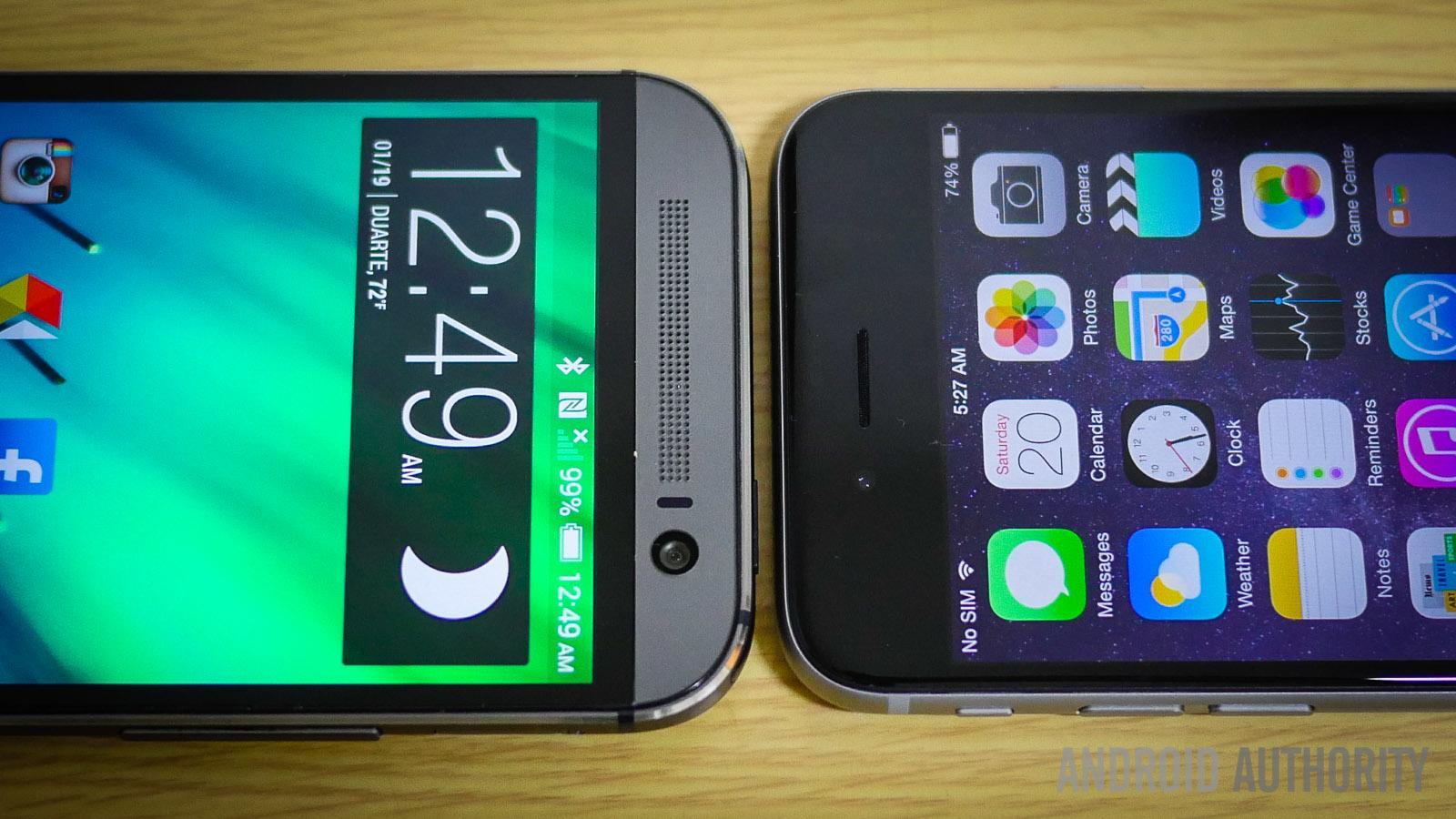
This has always been a major plus point for Android. You can mix and match apps and widgets, any way you like, to create a truly unique look for your home screens. You can even set up widgets and app shortcuts on your lock screen. You have a wide choice of different unlock methods and customization options by default, but there are also third-party apps and launchers that allow you to customize every aspect of the aesthetic, including animations and layout.
With the iPhone you have a list of installed apps. You can choose a background photo and create folders of apps, but that’s about it. Apple has added “widgets” to the Notification Center, but that means opening it up and choosing the Today tab to find them.
In Android, widgets are all about being glanceable, so you can take a look at your lock screen or home screen and instantly find the info you want. They also come in a wide range of different styles and can often be fully customized in terms of size, color, font, and, of course, the data they display.
If you’ve spent time crafting the visual style and functionality of your lock and home screens on Android, you are definitely going to miss it.
Google’s apps and services
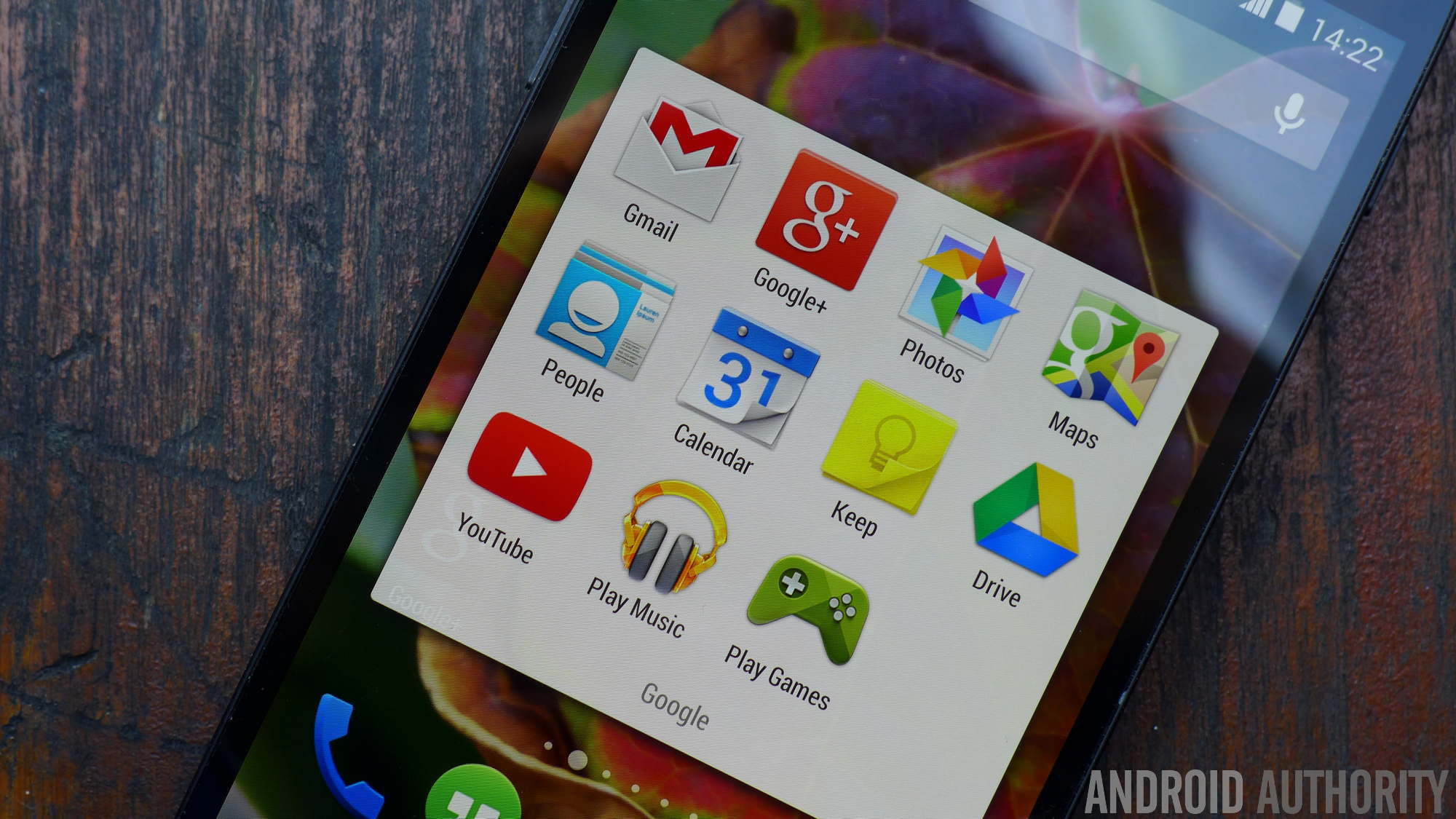
There has been a Google presence on iOS since the original iPhone was launched, though it has been gradually replaced in recent years. There are a few apps like Google Keep that you simply can’t get on iPhone, but even the Google apps and services that are present don’t match their Android counterparts. If you want to get the best from Google Now, Chrome, Gmail, Google Maps, and many others, then you have to use an Android device.
This is becoming a bigger deal all the time as Google looks to add more value to its version of Android in the face of AOSP forks. Google’s apps and services are improving faster than ever before.
Drag and drop filing system
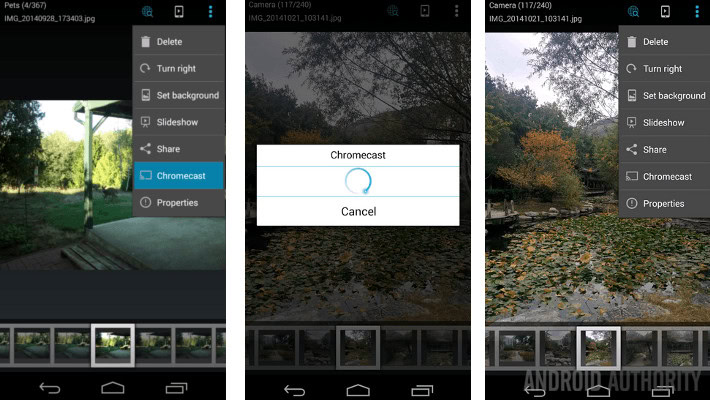
With an Android device you can actually see the file structure, something which Apple deliberately tries to hide. You’ll usually find a file manager of some sort pre-installed on your Android, but if not there are plenty of them in the Play Store for free. This will be of no consequence for some people, but a lot of Android fans enjoy the ability to plug in their phone or tablet and just drag and drop files into the folder where they want them.
Some people love iTunes. I’ve never actually met one, but I’m sure they exist. Theoretically it keeps things simple, but it’s another piece of software to clog up your PC, something that needs to be kept up to date, and a narrow funnel through which to transfer files. If you do like iTunes, then you can always find equivalents for Android.
Notifications
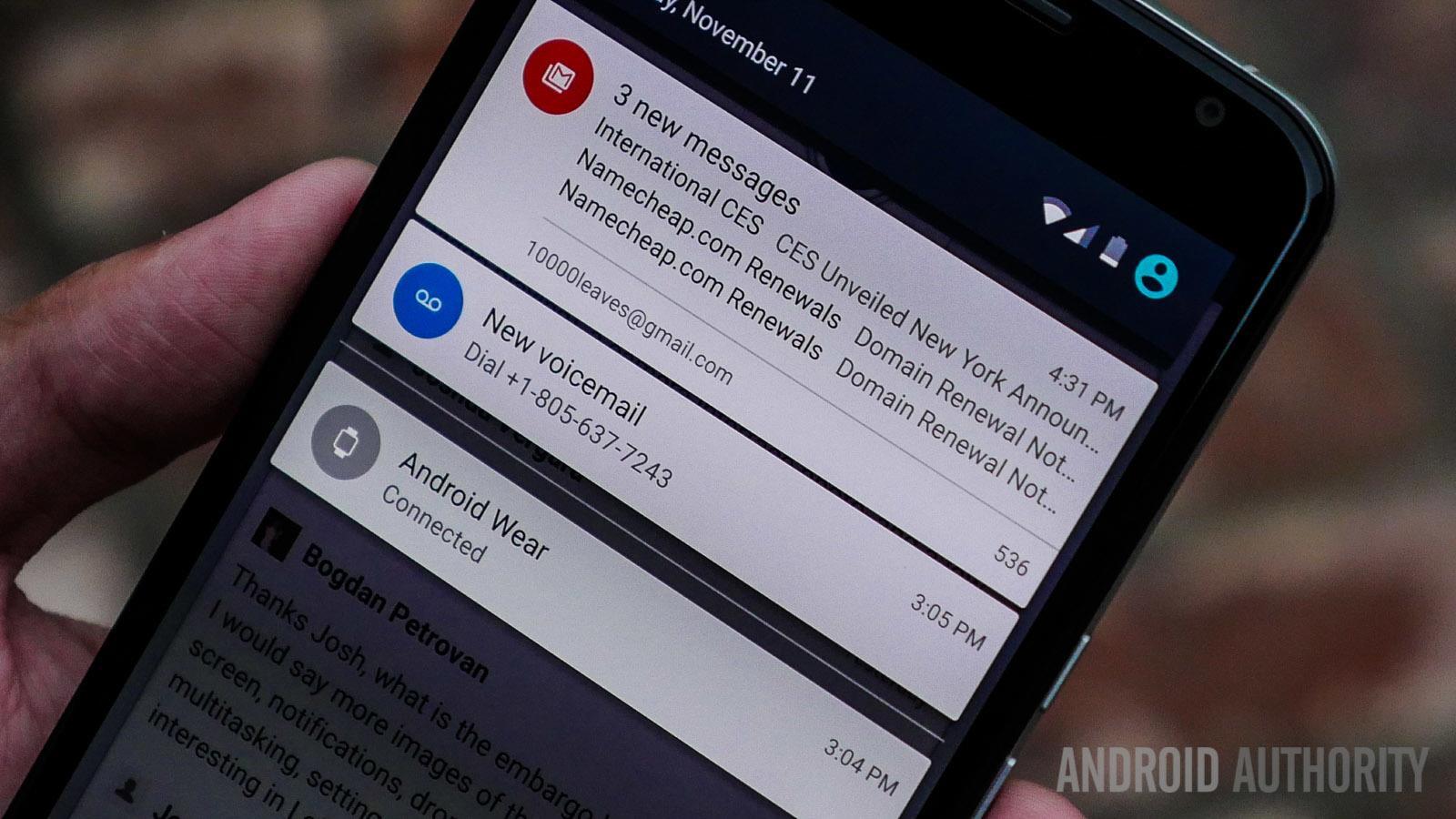
Android’s notification system is near perfect, but there’s nowhere near as much difference here as there used to be. I think Android’s notifications are simpler and less intrusive, but not everyone will agree.
You’ve got a list of incoming notifications and you can act on them directly or dismiss them. Small icons in the status bar indicate what awaits you and serve as a reminder that they still haven’t been dealt with. If you don’t want apps to notify you then you can turn notifications off. You can also choose to see them in the lock screen. In Android 5.0 you can even set priority notifications so what’s important to you rises to the top.
Apple brought a similar system into iOS 5 when it launched the Notification Center. It works much the same way and it does offer some nifty customization options. Instead of the icon in the status bar you get a banner pop-up and a little red counter on top of your app icon. It’s also accessible from the lock screen. With iOS you have tabs along the top, they’ve just switched from three to two, but it’s still a bit busy and you’ll find your widgets in here too.
Android apps and defaults
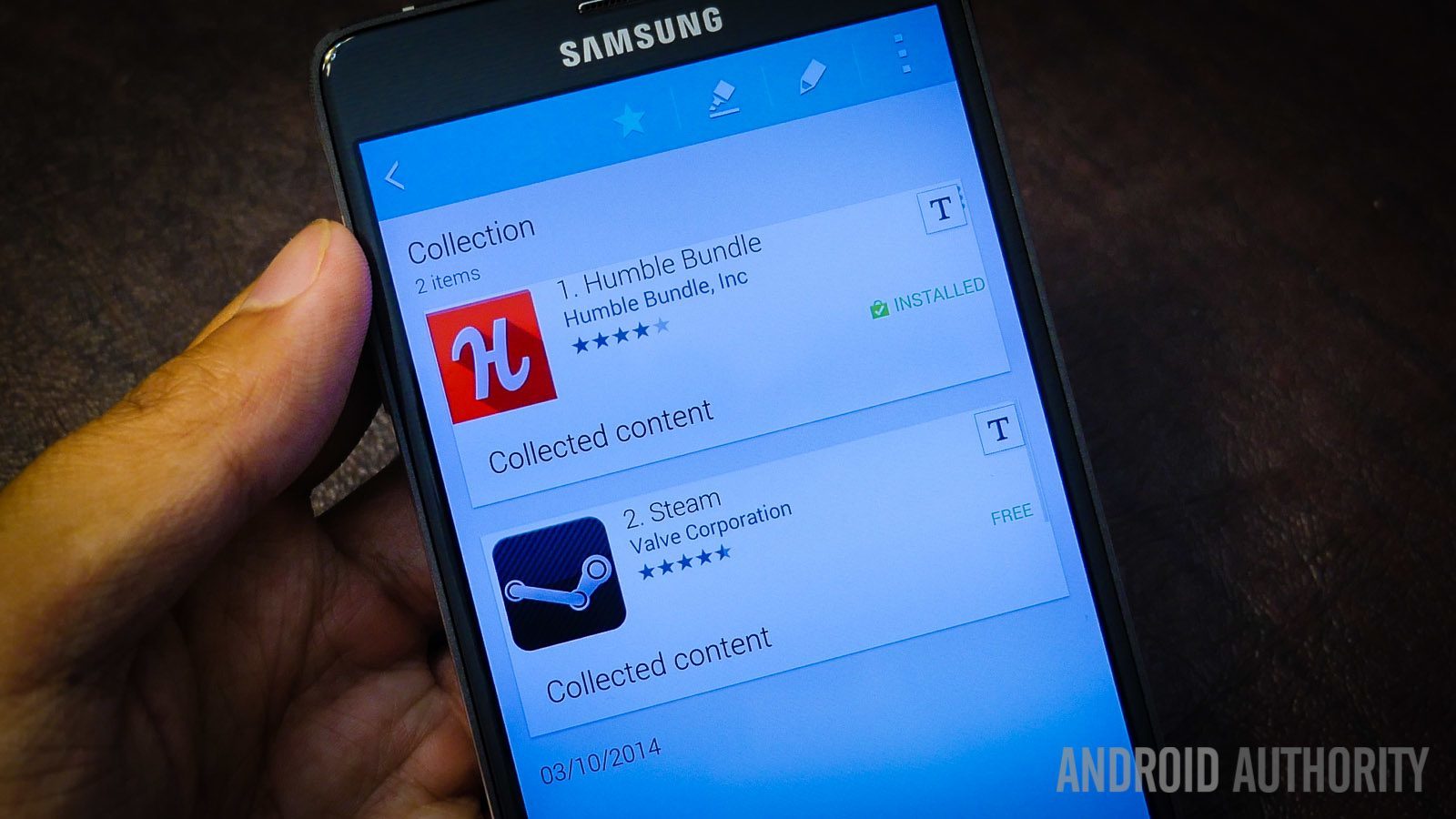
There are slightly more Android apps than iOS apps, but there really isn’t a great deal in it. There aren’t many Android apps that you can’t find in the App Store, but there are a few and the fact they’re missing will be a big deal for users.
Apple may have finally introduced third-party keyboards into iOS, but Android lets you set third-party alternatives as the defaults for all sorts of things. You decide your messaging app, your search, your browser. Google doesn’t decide for you.
This same strict control is the reason why some Android apps are not and probably never will be available on iOS. I’m talking about automation apps like Tasker, floating chat apps that can be used anywhere like HoverChat or even Facebook’s Chat Heads, apps like Light Flow for tweaking your LED, free video players that can handle any format, emulators, torrent clients, the list goes on.
Rooting and modifications
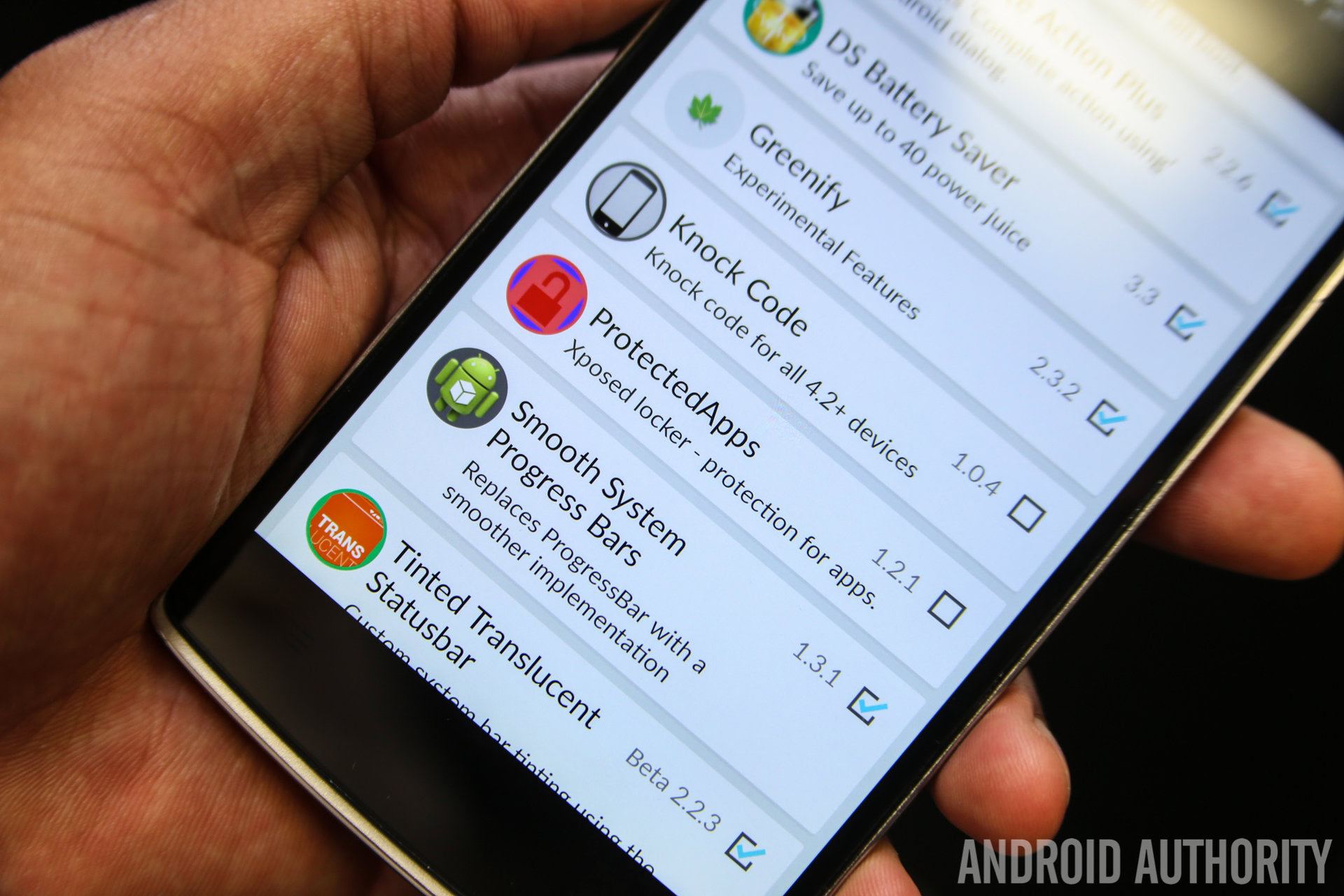
For a minority with the knowledge/confidence/interest the ability to root your Android device and install mods is unparalleled. You can access and tweak every aspect of your Android device to get the exact setup you want. There’s a lively modding community working on all sorts of interesting options. XDA Developers forum is the best place to start if you’ve never explored this side of Android.
You can jailbreak the iPhone, but you’ll never get the absolute control you do with Android.
More Android possibilities
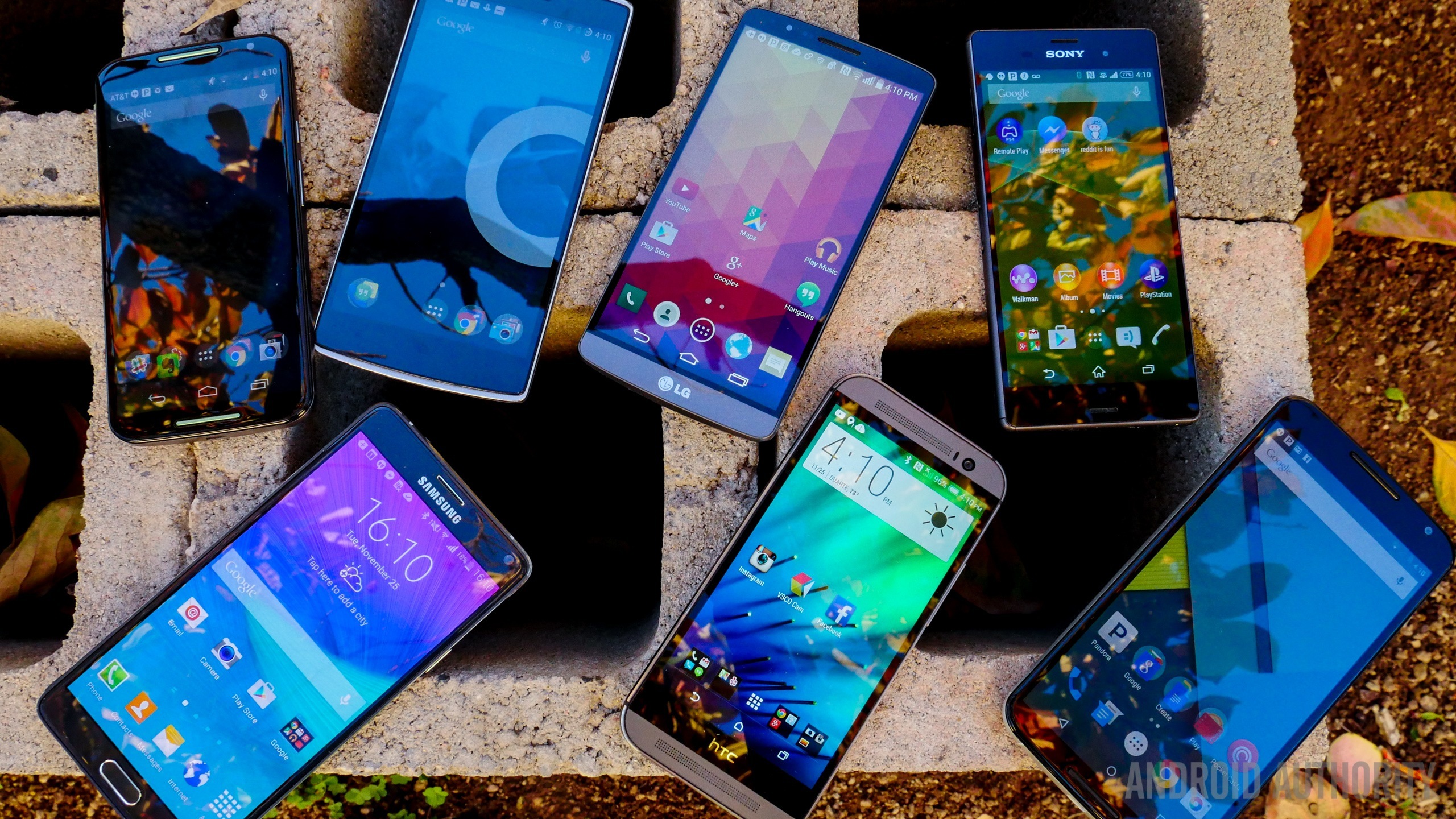
With the iPhone you’re only really going to enjoy the best experience, the experience Apple intended, if you have a slew of other Apple devices. Features like Handoff only work if you have a Mac, iPhone, and iPad. You can’t even use any old charger that’s lying around to top up your iPhone, like you can with Android, because of the proprietary charging cable.
There are other things that you might get with your Android device, depending on which one you choose. Your choice of iPhone is very limited; your choice for Android smartphones is wide. You have to do your homework to get the right device, but more choice makes it more likely you can find something that’s perfect for you.
If it’s important to you then you can get an Android with expandable storage or a removable battery. You can get a device with amazing battery life out of the box, and you can do more to tweak that battery life from a software point of view with Android as well. A number of Android devices come with features like split screen, which is awesome for bigger devices.
The bottom line is, even when something isn’t available on your Android as it comes, there’s usually a way to get it. You simply can’t say the same with the iPhone.
Thank you for being part of our community. Read our Comment Policy before posting.